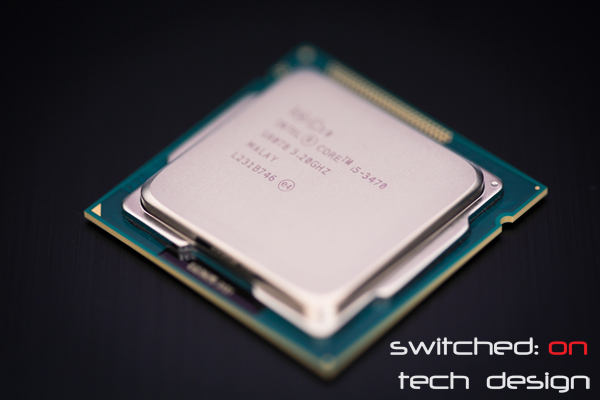The above two CPUs are often shortlisted for entry/midrange gaming builds that aren’t overclocked; so how do they compare?
Both are quad-core CPUs without hyperthreading, so they offer 4 cores and 4 threads. The i5-3470 is clocked at 3.2GHz while the i5-3570 is 200MHz faster at 3.4GHz, and both CPUs feature Intel’s Turbo Boost v.2.0, reaching peak speeds of 3.6 and 3.8GHz respectively. This equates to ~6-7% performance difference if you’re running both CPUs at max. Both feature Intel’s HD2500 graphics – according to Intel’s ARK the i5-3570’s graphics are clocked fractionally faster – 1.15GHz as opposed to 1.10GHz, which is a negligible difference.
The i5-3570 is about 10% more expensive than the i5-3470 – 10% more cost for 6-7% more CPU performance isn’t bad, though you can’t really go too far wrong either way – if you’re $20 off a better graphics card you’re probably better off going that way and getting the i5-3470, whereas if you could do with a touch more CPU grunt it’s likely worth your $20 to grab the i5-3570.
